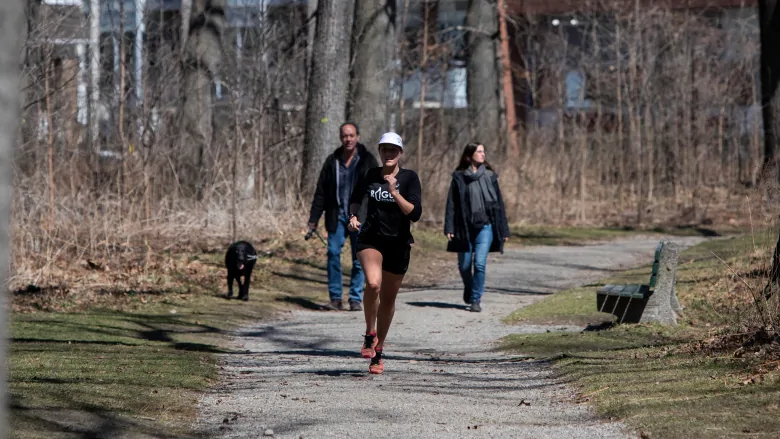As provinces across Canada slowly reopen, experts say emerging research offers lessons on how to do that safely — and suggests tight, enclosed spaces may pose the biggest risk.

This is an excerpt from Second Opinion, a weekly roundup of eclectic and under-the-radar health and medical science news emailed to subscribers every Saturday morning. If you haven’t subscribed yet, you can do that by clicking here.
When 61 members of a choir gathered for a practice in Mount Vernon, Wash., on March 10 — including one with COVID-19 symptoms — the group had no way of knowing just how bad the situation could get.
The two-and-a-half-hour practice was an ideal scenario for the virus to spread: Choir members sat close to each other, sang together, shared snacks, and stacked chairs when it was over.
Two weeks later, 53 of the 61 choir members in attendance had either confirmed or probable cases of COVID-19. Three of those people were hospitalized. Two died.
Was it the singing, close contact, touching of surfaces, or sharing of food that caused the outbreak? Researchers aren’t sure which factors mattered most.
But one thing is common between that outbreak and others studied so far: Spending an extended period of time indoors together seems to help fuel the spread of COVID-19
Watch: Are you safer from COVID-19 indoors or outdoors?
Andrew Chang asks an infectious disease doctor whether it’s safer to be indoors or outdoors during the coronavirus pandemic. 1:02
“There’s more and more evidence that it is capable of spreading through the air,” said Linsey Marr, an expert in the transmission of viruses by aerosol at Virginia Tech.
“The big outbreaks always involve crowded places, sometimes poorly ventilated, other times, we don’t know.”
As provinces across Canada are slowly reopening, experts say emerging research offers lessons on how to do that safely — and it suggests tight, enclosed spaces may pose the biggest risk.
Where are outbreaks happening?
The choir practice is the subject of new research from the U.S. Centres for Disease Control and Prevention that shows how one close gathering can have devastating consequences.
The outbreak is known as what’s called a “superspreader event,” where a highly infectious person can spread the illness to many other people.
Two other recent reports from the CDC also found that the virus could more easily spread in an indoor setting with low ventilation over an extended period of time.
One looked at an outbreak at a call centre in South Korea. The report found 94 of 97 confirmed COVID-19 cases in an office building were all people who worked on the same floor.
Another paper by researchers in China studied a restaurant in Guangzhou and found an infected individual without symptoms was apparently able to spread the virus to nine others.
The direction the air-conditioning system was blowing may have helped transport the virus particles to other diners, who otherwise had no contact with one another — while the report found those elsewhere in the restaurant who weren’t near the airflow didn’t get sick.
“Ventilation seems to play a role and what that means is that transmission is occurring via droplets in the air that people are inhaling or somehow picking up,” said Marr.
“The fact that ventilation seems to matter strongly suggests that there is transmission happening through the air.”
The World Health Organization says airborne transmission of the virus “may be possible in specific circumstances,” suc

